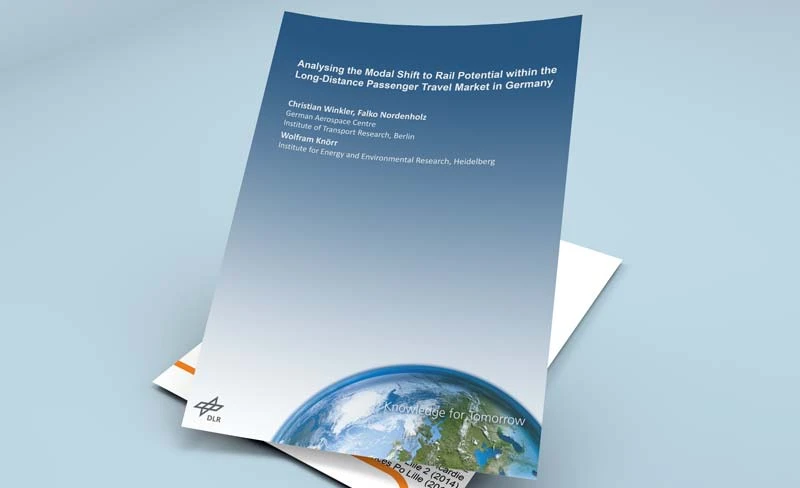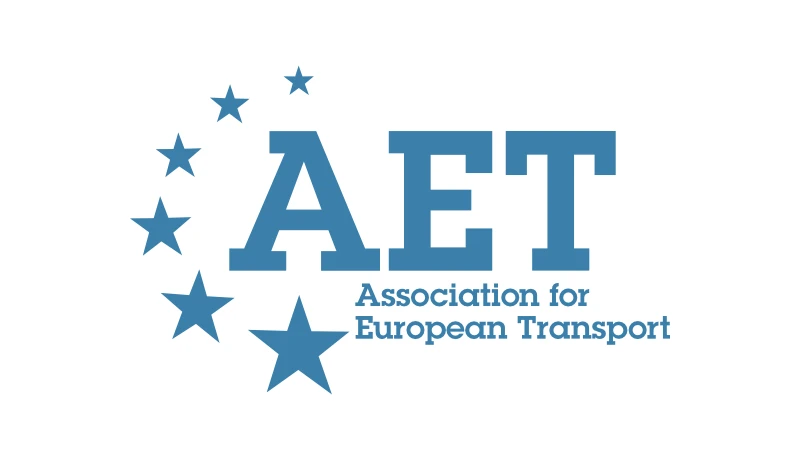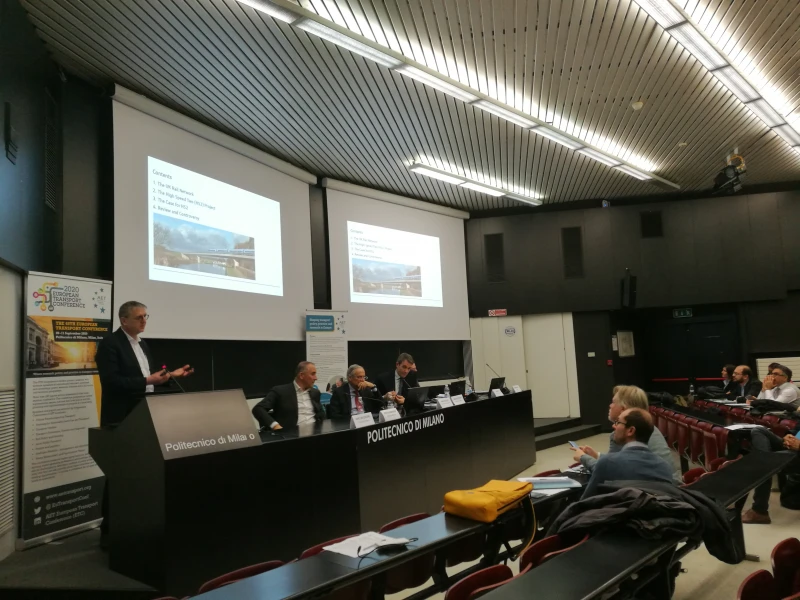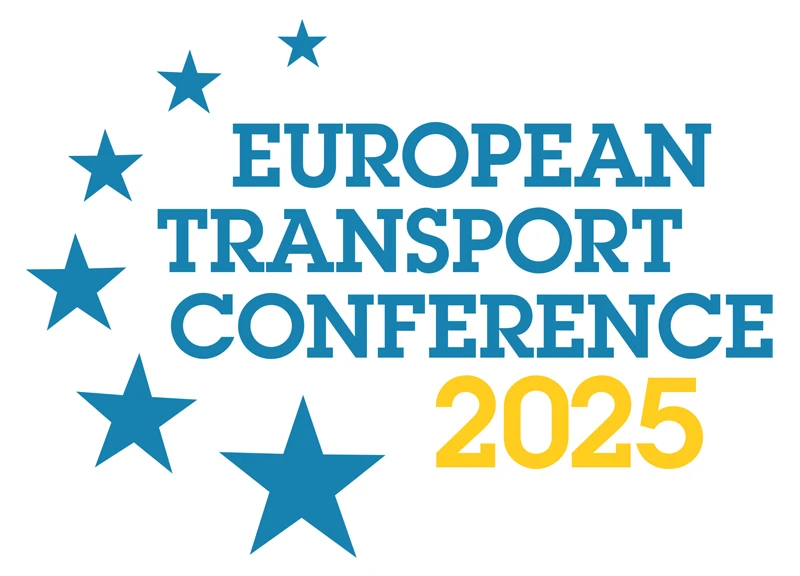-
Past ETC Papers

Browse, search and view papers from the past AET Conferences.
-
Members' Area

AET promotes networking and exchange of ideas, information and opportunities amongst members.
Conference Papers 2006
Strasbourg, France
ETC Conference Papers 2006
A comprehensive, unified, framework for analysing spatial location choice
Seminar
Day 1 (18 Sep 2006), Activity-Based Modelling, Spatial Choices, 10:30 - 11:00
Status
Accepted, awaiting documents
Authors
Aruna Sivakumar, RAND Europe, UK; Chandra R. Bhat, The University of Texas at Austin, US
Short abstract
This paper is focused on conceptually analyzing the non-work location choice problem, developing a comprehensive econometric model of non-work location choice that incorporates both accuracy and behavioral realism and demonstrating its applicability.
Abstract
The development of accurate and behaviorally realistic travel demand models requires a good understanding of the factors and processes that influence the travel behavior of individuals. One of the key contributions toward understanding travel behavior has been the development of the activity-based paradigm that views travel as being derived from the desire to participate in activities. The focus of the activity-based approach is the modeling of the activity-travel patterns of individuals, which may be characterized by six broad attributes: the activity purpose, location of participation of the activity, sequencing of activities and the time of day of activity participation, mode used to travel to the activity location, frequency of activity participation, and solo or joint activity participation.
Of all these attributes, the choice of location of activity participation is one that has received relatively inadequate attention in the literature. On the other hand, the location of activity participation spatially pegs the daily activity-travel patterns of individuals. Accurate predictions of activity locations are, therefore, key to effective travel demand management and air quality control strategies. Moreover, an understanding of the factors that influence the choice of location can contribute to more effective land-use and zoning policies. For instance, a habit-persistent individual would be more likely to continue shopping at the same grocery store rather than switching in response to a new land-use policy that brings more shopping opportunities closer to home.
The choice of location of activity participation and the factors that influence this choice vary with the activity purpose. Generally, the work location for most people is fixed in the short-term (teleworking individuals may face the choice between working from home and traveling to the office). Non-work activity participation, on the other hand, is typically (though not always) characterized by a higher degree of spatial-temporal flexibility and discretion. The choice of location for non-work activities can thus vary significantly not only across individuals but also across choice occasions of an individual. This paper is focused on conceptually analyzing the non-work location choice problem and developing a comprehensive econometric model of non-work location choice that incorporates both accuracy and behavioral realism.
The development of an accurate and behaviorally realistic model of location choice for non-work activity participation necessitates a good understanding of the factors influencing the choice process. Several papers in psychology deal with the effects of cognitive processes, preference behavior and decision rules on location choice behavior; while studies in geography are directed more toward understanding spatial interaction issues and their effects on choice behavior. In addition to the fundamental behavioral research in psychology and geography, researchers in various fields have developed location choice models that bring together one or more of the various concepts of spatial interaction, cognition, preference behavior (such as habit persistence and variety-seeking) and decision rules. Studies that incorporate to varying degrees the effects of cognition, preference behavior and attitudes on the choice of location do not incorporate the effects of interactions between the spatial choice alternatives. On the other hand, the few studies that actually incorporate the various spatial interaction effects in modeling location choice mostly ignore the effects of cognition and preference behavior.
The broad objective of this research is therefore to develop a behaviorally realistic location choice model for non-work activity participation that comprehensively incorporates the factors influencing choice behavior, including cognition, preference behavior, decision rules and spatial interaction.
This paper will provide an extensive survey of the spatial choice modeling literature. A detailed classification of the literature has been developed and the key issues associated with modeling location choice have been identified. This formed the basis for the development of a comprehensive conceptual framework of location choice decision-making for non-work activity participation that is exhaustive and complete in its consideration of causal factors. Finally, the conceptual framework has been translated into a general econometric model of location choice for non-work activity participation based on the behavioral decision theory. The proposed model uses a random utility maximization framework and accommodates both inter- and intra-individual variations in location choice behavior due to various factors such as habit persistence, variety seeking, unfulfilled desires, cognitive learning and spatial-temporal constraints, as well as different spatial interaction effects such as spatial heterogeneity, spatial autocorrelation, agglomeration and competition. The proposed model thus subsumes a variety of simpler (restricted) models that incorporate a subset of these factors, such as the multinomial logit (MNL) model, the mixed logit (MxL) model and the spatially correlated logit (SCL) model.
The applicability of the proposed model will be demonstrated through an empirical application using non-maintenance shopping activity information from the Mobidrive data. The Mobidrive data, a panel data source, is the result of a 6-week travel survey conducted in the Fall of 1999 in the cities of Karlsruhe (West Germany) and Halle (East Germany). The non-maintenance shopping location choice models we have estimated thus far indicate significant observed and unobserved sources of inter-individual heterogeneity, and feedback effects due to loyalty behavior. Policy analyses based on the estimated location choice models underscore the importance of using a comprehensive and behaviorally realistic model structure.
Documents:
No documents yet.
Association For
European Transport
Forester House
Doctors Lane
Henley-in-Arden
Warwickshire, UK
B95 5AW
+44 (0) 15 64 793552
VAT number: 710 1866 64
Conference Supporters & Endorsers




Legal Entity
The Association for European Transport is registered as an Association ('vereniging') with the Chamber of Commerce for Haaglanden in The Netherlands under company number 27170096.
Built on Zenario




